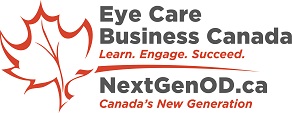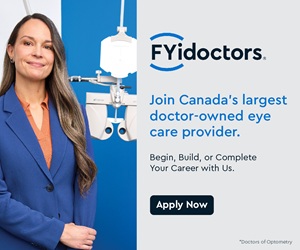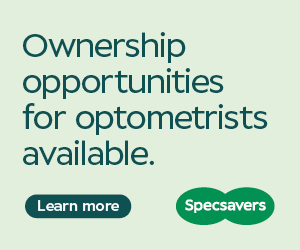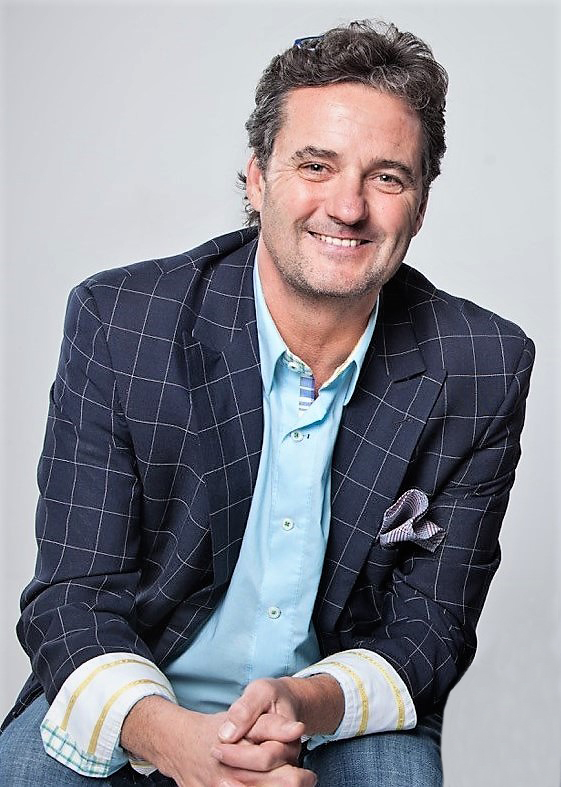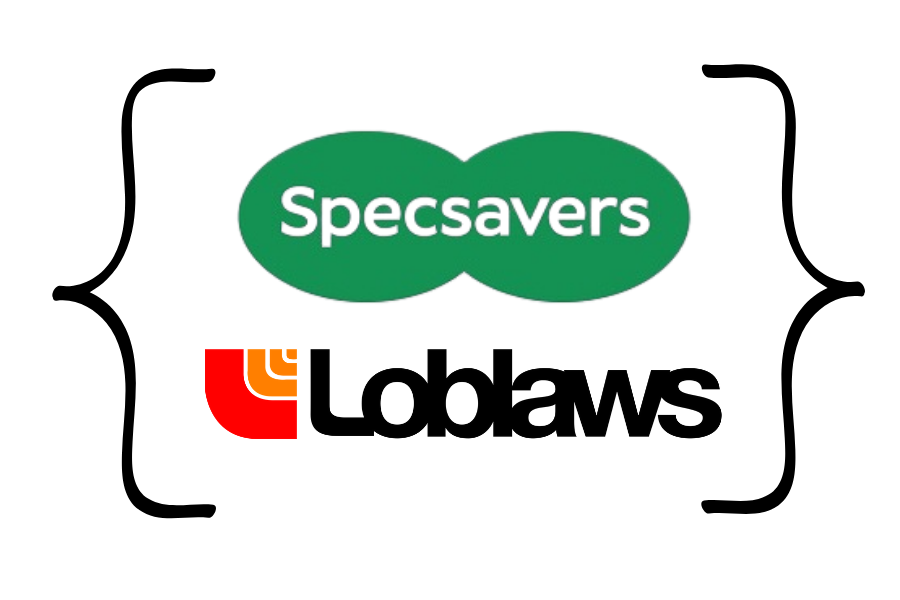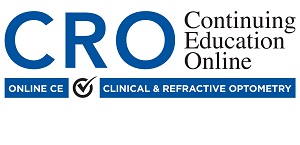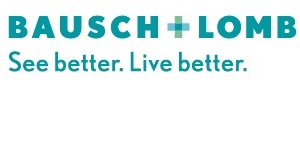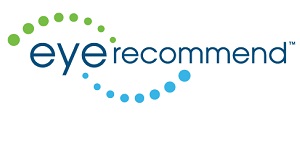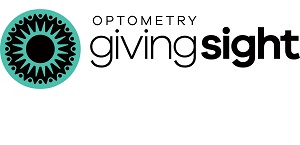Registration Now Open for the January 27 Cross-Border Online Event
The NextGEN OD Canada team is excited to share early details for Future Focus 2026, our annual event series designed to support Canadian optometry students wherever they are on their training path — in Canada, in the U.S., or considering a move across the border for residency. This year’s program opens with a timely online session dedicated to the questions Canadian students ask most.
📅 January 27, 2026 — “Cross-Border Guidance” Online Event
8:00 p.m. ET – Online
Register now: https://vuepoint.ac-page.com/future-focus-jan-2026-what-canadians-need-to-know
This one-evening virtual event brings together expert voices and lived experience to help students better understand the practical realities of crossing borders for optometry education, residency training, and eventual practice.
The evening begins with a legal expert who will break down the key considerations every Canadian should know before heading to (or returning from) the United States — from visas and lesser-known administrative hurdles that can shape your next steps.
From there, the conversation moves into a Pathways Chat featuring Dr. Scott, President of the Canadian Association of Optometrists, alongside Dr. Alexandra Baillie, a recent Canadian graduate of a U.S. optometry program.
Together, they’ll offer candid perspectives on navigating cross-border decisions, building career momentum, and preparing for practice on either side of the border. The discussion will be moderated by Nyah Miranda (OD 4 – NECO) who will guide the conversation toward the questions students ask most often.
The event also includes a chance to connect with commercial sponsors actively looking to hire optometrists. It’s a unique opportunity to learn what today’s employers are prioritizing, make early connections, and get a clearer sense of what your future career path might look like.
📅 Save the Date: April 2, 2026 — In-Person Future Focus Event
University of Waterloo School of Optometry
Starts at 5:00 p.m. ET
We’ll be back at the University of Waterloo this spring for an in-person Future Focus event. Program details, speaker information, and registration will be announced early in the new year — but for now, please mark your calendar.
More updates are coming soon.
Follow NextGEN OD Canada for announcements — and make sure you secure your spot for January 27.
